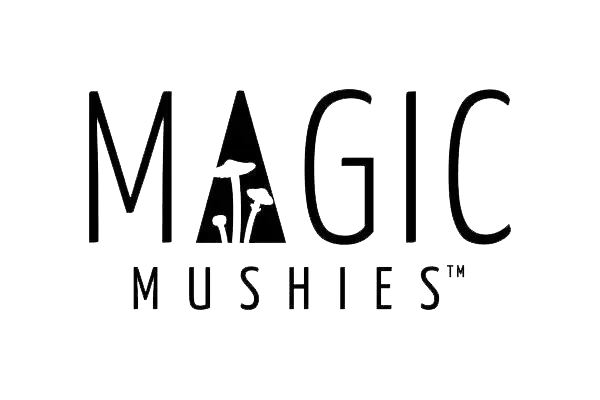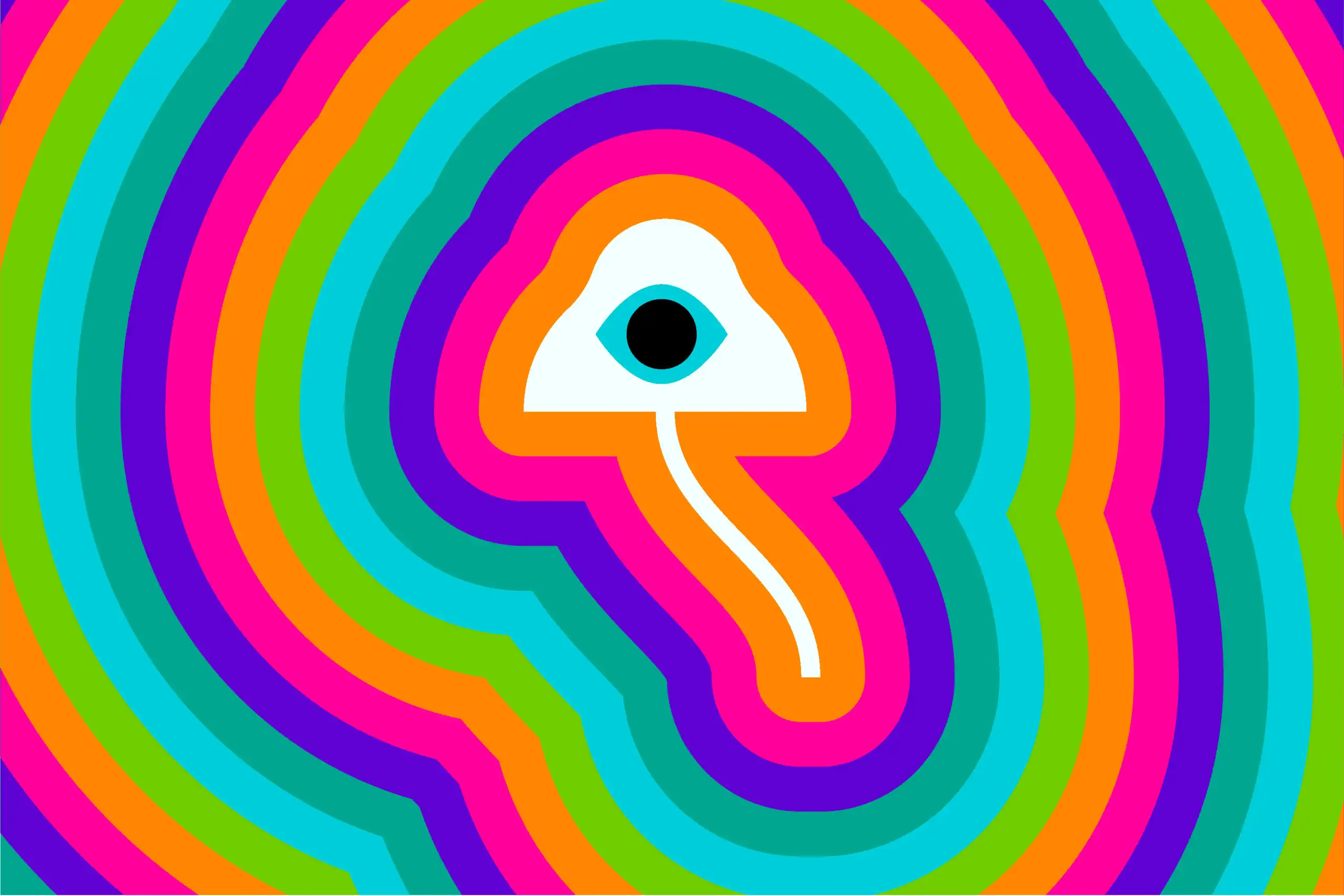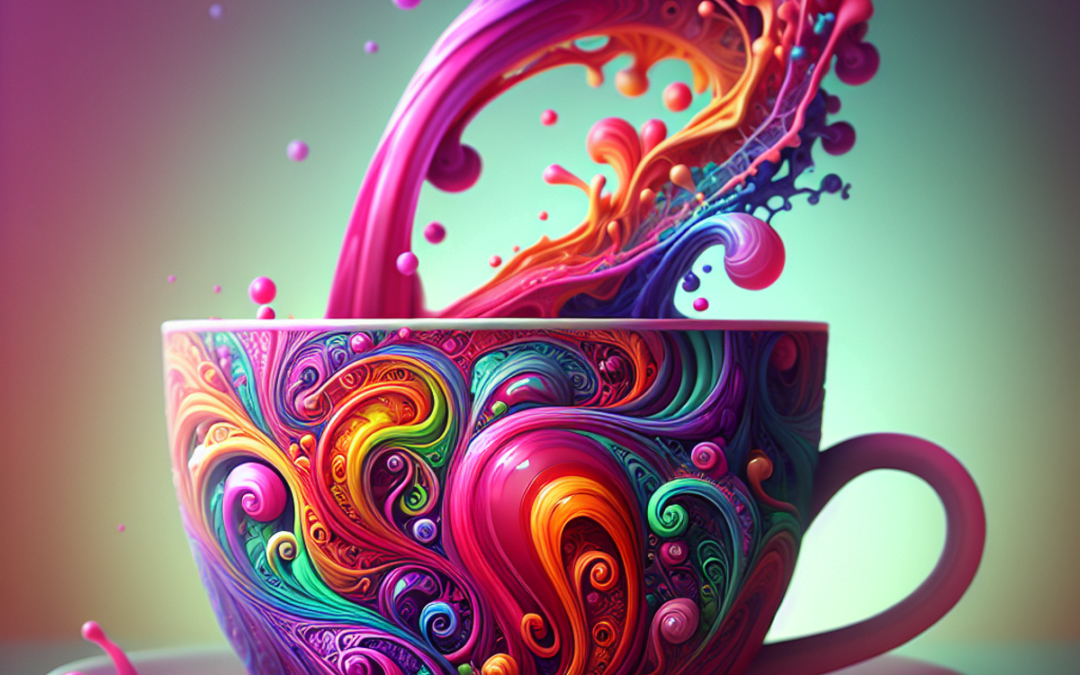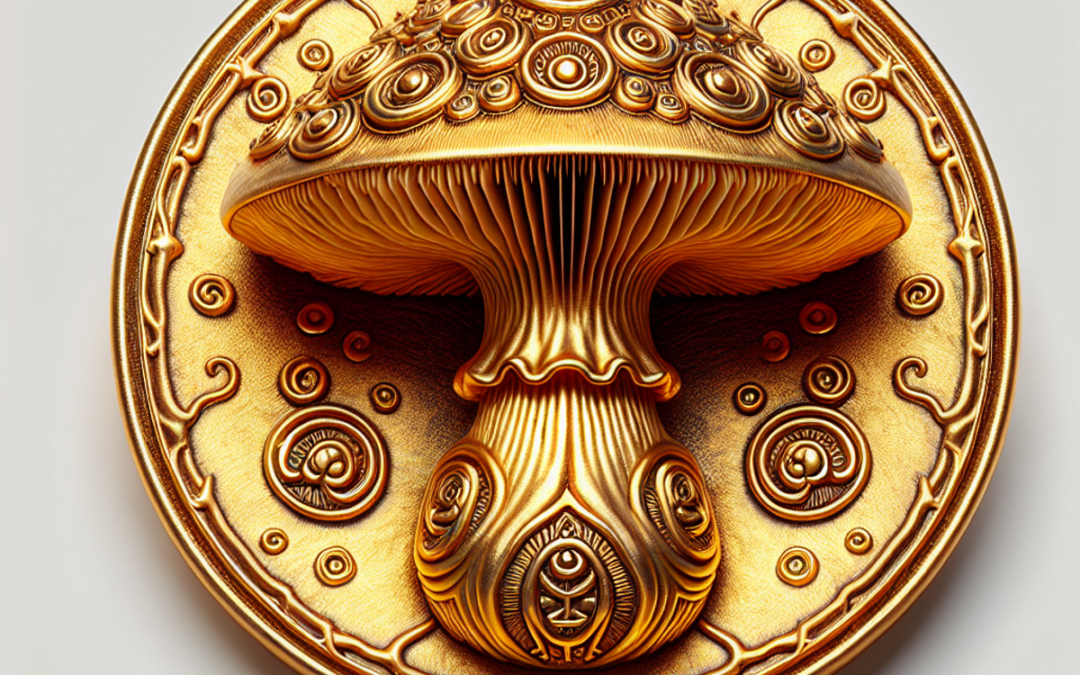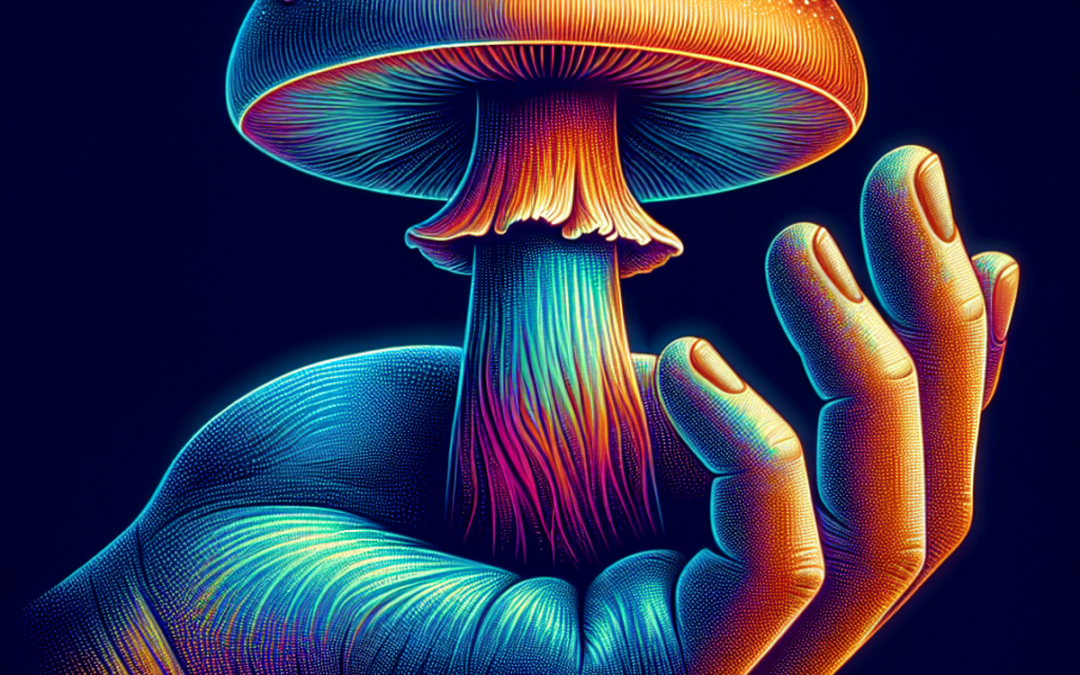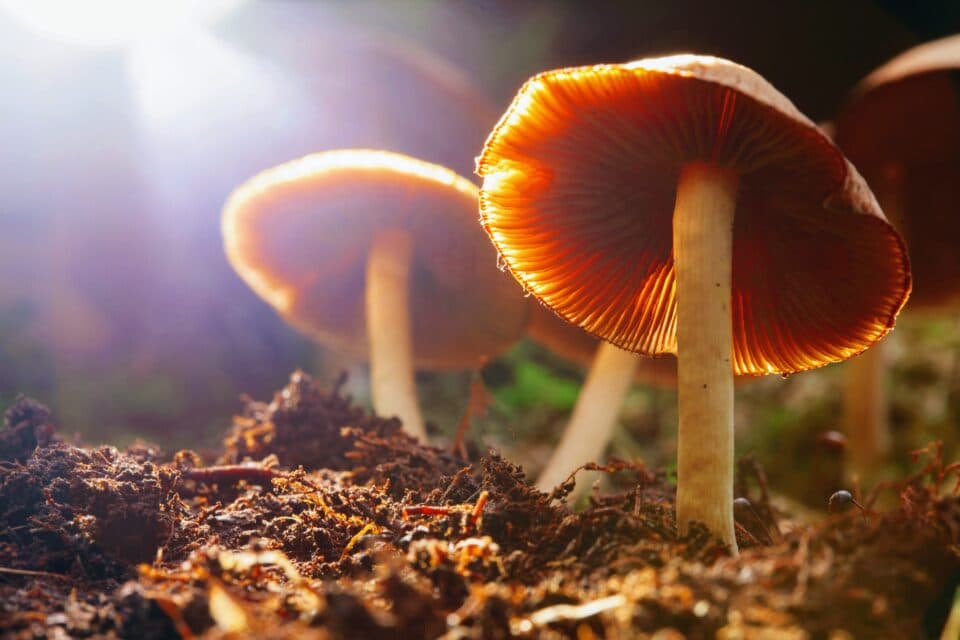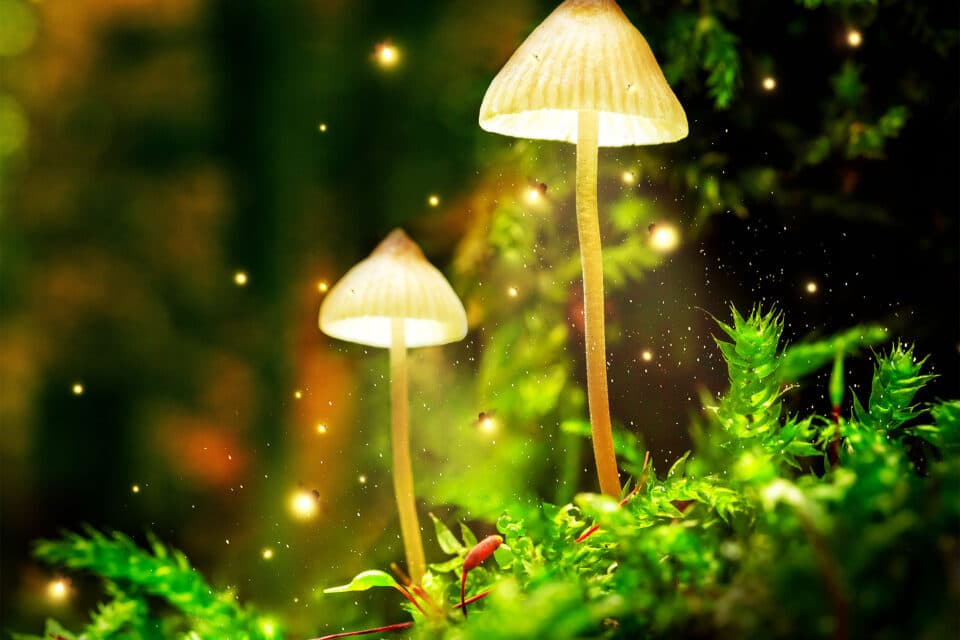In the span of 15 years, psychedelics have transformed dramatically in the public eye, from the consciousness-expanding darlings of the counterculture to what could be the most significant breakthrough in psychiatric treatment in many decades.
Given that reality, it’s no surprise to me that Group Therapy readers have sent in more questions about psychedelic-assisted therapy than any other topic.
The workings of psychedelics and the promise they represent for the future of mental healthcare are complex, and I want to give them the space they deserve. So, we have planned a three-week series to explore the dominant players in the burgeoning field of psychedelic research, all of which have distinct ways of interacting with our psyches: psilocybin, MDMA and ketamine.
This week we’ll learn about psilocybin, the psychoactive component of “magic mushrooms” and the most-studied psychedelic. I spoke with Fred Barrett, a neuroscientist at the Johns Hopkins Center for Psychedelic & Consciousness Research, about the revolutionary healing potential of psilocybin, what is not yet known about the compound’s role in treating various psychiatric disorders, the importance of the “therapy” aspect of psychedelic-assisted therapy, and the hurdles that remain to this treatment being accessible to the general public.
Before we get to that, a brief look at the history of psilocybin as a healing agent, and where its power comes from.
The history of psilocybin 🍄
Psilocybin mushrooms have been part of religious rituals in Indigenous societies for thousands of years. The Aztecs of Mexico called the mushroom teonanácatl, or “God’s flesh.” Scientific study of the compound began in 1957, when Swiss chemist Albert Hoffman isolated psilocybin from the mushroom after a mycologist in Oaxaca gifted him a sample of the dried fungi. For a short time, psilocybin and LSD were sold for research in medical trials. But in the ‘60s, recreational use of psychedelics became central to the hippie counterculture in the U.S., and this ultimately fueled the U.S. Drug Enforcement Administration to push Congress to outlaw psilocybin and other psychedelics under the Controlled Substances Act of 1970.
The stigmatization and illegality of psychedelics effectively stopped scientific research into psilocybin until the early 2000s. Amazingly, the U.S. Food and Drug Administration granted psilocybin “breakthrough therapy” status for depression in 2018, which gives a treatment the fastest possible route to approval. The number of active clinical trials studying psilocybin has tripled since 2017.
Psilocybin-assisted psychotherapy has the potential to treat many mental health conditions, Barrett told me, including eating disorders, obsessive compulsive disorder, anxiety and chronic pain. So far, though, the lion’s share of research has focused on the treatment of depression and substance use disorders, and anxiety and depression experienced by people with a life-threatening cancer diagnosis.
The research on psilocybin-assisted psychotherapy is in its infancy, composed mostly of small pilot studies. Research will need to be scaled up dramatically for the compound to be approved as a pharmaceutical drug, Barrett said. But there have been promising results so far.
A Johns Hopkins Medicine study in 2020 showed that only two doses of psilocybin, given with psychotherapy, could produce rapid and large reductions in depression symptoms. A follow-up study concluded that those benefits were effective for up to a year. Just 24 people participated in that research, though, a small sample. In November, the largest trial to date — with 233 participants across 10 countries — showed that a single dose of psilocybin significantly reduced symptoms of depression in participants for whom other treatments didn’t work.
Compare those effects to antidepressants, which must be taken every day and for about a third of people don’t work at all. If researchers can produce these results in a large-scale study, it could mean significant relief for people with treatment-resistant mental health conditions.
Psilocybin is expected to receive approval for depression from the FDA by the end of the decade. “The FDA wants to see many thousands of people treated in clinical trials to determine whether a drug is safe and under what conditions,” Barrett told me. “The research so far has included far fewer people than the FDA expects to see.”
The science of ‘magic mushrooms’
So how does psilocybin work? And could it really be the miracle drug it’s been billed as in recent years?
Indigenous communities have used psilocybin as a tool to connect with the natural world and the spiritual realm for millennia. Among the Mazatec people in Oaxaca, the mushrooms “are honored for their capacity to guide users beyond their prescribed realities, to break open convention and incite perspective, introducing novel conduits for compassion and empathy for both themselves and the world,” writes Hannah Lott-Schwartz in National Geographic.
Many researchers believe that these intensely meaningful, mystical experiences — a core part of which is their ability to help us feel more connected to ourselves and all other living things — are an integral part of psilocybin’s potential healing power. It makes sense to me that this could be a profound experience for someone experiencing depression, which can fundamentally disconnect you from your own body, your emotions and other people.
On a more scientific level, psilocybin is thought to generate new connections between neurons, rebuilding critical pathways that have been lost to mental health disorders. This is a critical part of the rewiring process known as brain plasticity, which allows the mind to learn and adapt, Barrett said.
“There’s growing evidence that psychedelic drugs increase a person’s capacity for cognitive flexibility, or the ability to think in different ways to solve different problems,” he told me. “At a higher level, they may increase psychological flexibility, or the capacity to change the way you think about yourself and your relationship to the world.”
In other words, mental health disorders create patterns of thinking and behaving that are rigid and restrictive. Psilocybin could potentially help the mind break out of that rut, that feeling of stuckness, in a way that antidepressants and traditional therapies aren’t able to for some patients.
Psychedelic-assisted therapy
There’s a lot to be excited about here. But what often gets lost in the conversation about this new frontier in mental healthcare is therapy, the crucial agent of sustainable change in this process, Barrett said.
This omission, combined with unbridled enthusiasm for psilocybin without a more nuanced discussion of its limitations, could be dangerous. Rosalind Watts, a clinical psychologist and the former lead clinician of the psilocybin trial at Imperial College London, wrote last year that the “greatest threat to a healthy psychedelic future is the fetishizing of just the drug alone.” She’s working to dispel what has become a dominant narrative — “that all you need to do to change your mind is eat something.” In fact, putting the brain in a malleable state without proper therapy protocols could even cause someone’s symptoms to worsen, according to experts.
Psilocybin-assisted therapy is a long, carefully curated process that involves weeks or months of unstructured talk therapy to help people untangle and integrate what came up during the five-hour psychedelic experience, which Watts describes as often “gnarly and painful.”
In the wrong hands, psychedelic therapy has the potential to harm vulnerable people. Last year, New York Magazine and psychedelic watchdog nonprofit Psymposia unraveled sexual abuse that took place in psychedelic clinical trials in an investigative podcast called “Cover Story: Power Trip.”
Barrett said he truly believes that “when all is said and done, we will be able to help a lot of people if we do so carefully.” But we have to be mindful of overblown rhetoric, he went on.
“I understand where it’s coming from, in a way,” he said. “There are many people suffering deeply who will do just about anything to try and find healing. The world is thirsty for something that works better than what we have at treating and relieving suffering. When people see the clinical trials that have been published, they don’t have context to really understand the limitations of the study, the drawbacks. Or if someone sees this and wants to cash in and make a lot of money off it, get in on the ground floor, it’s very easy then to oversell benefits and undersell risks, and remain blind to what we don’t know at this point.”
Limitations of psilocybin & the road ahead
A lot remains unknown about how psilocybin might be used to treat mental health disorders. “What we don’t know way outstrips what we do know,” Barrett said.
There’s the question of how often people will need to be treated. Will it be a one-and-done experience? Monthly? Several times a year?
“And will people need the psychological level of support currently administered in clinical trials, which is to say, seeing people in therapy for 38 hours or more before drug administration, and then following them for months after?” Barrett asked. “What is the certification and training needed for people who will be in the session room? What sort of psychotherapy will pair well or poorly with psychedelic therapy?”
Researchers don’t yet know how psilocybin interacts with other psychiatric medications. Psilocybin-assisted therapy could potentially be helpful for people diagnosed with a variety of mood disorders, but it could also be unsafe for those who experience bipolar mania. Though it happens rarely, psychedelics can trigger psychotic episodes, so people who have a family history of conditions like schizophrenia have been excluded from clinical trials.
Outside the research limitations, there are also access issues to address. Insurance companies will need to decide whether they will reimburse for the treatment, many mental health professionals need to be trained, and clinic infrastructure needs to be built. Ease of access may also be dependent on which state you live in, with progressive states like Colorado and Oregon moving toward less regulated approaches. Psilocybin is still illegal at the federal level and in most states — though it’s decriminalized in San Francisco, Santa Cruz and Oakland, Washington, D.C., and more than a dozen other cities.
We covered a lot of ground in this newsletter today, but I know you’ll likely have more questions about psilocybin that I didn’t address here. Please send them to us, and we may answer them in a future newsletter.
See you next week, when we’ll dive into the next psychedelic in our three-part series: MDMA.
Until then,
Laura
If what you learned today from these experts spoke to you or you’d like to tell us about your own experiences, please email us and let us know if it is OK to share your thoughts with the larger Group Therapy community. The email [email protected] gets right to our team. As always, find us on Instagram at @latimesforyourmind, where we’ll continue this conversation.
Source: The ‘gnarly and painful’ therapeutic potential of ‘magic mushrooms’
